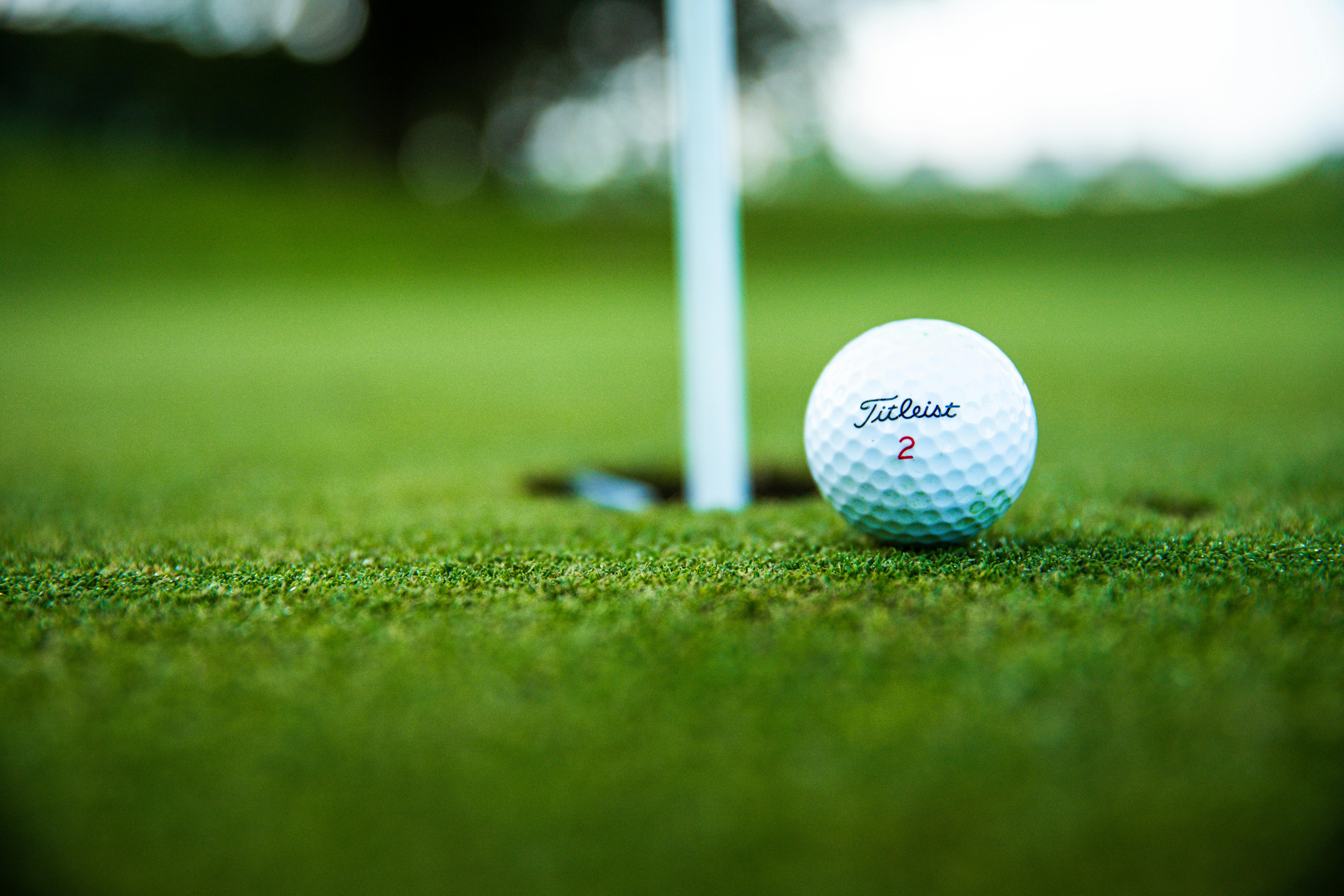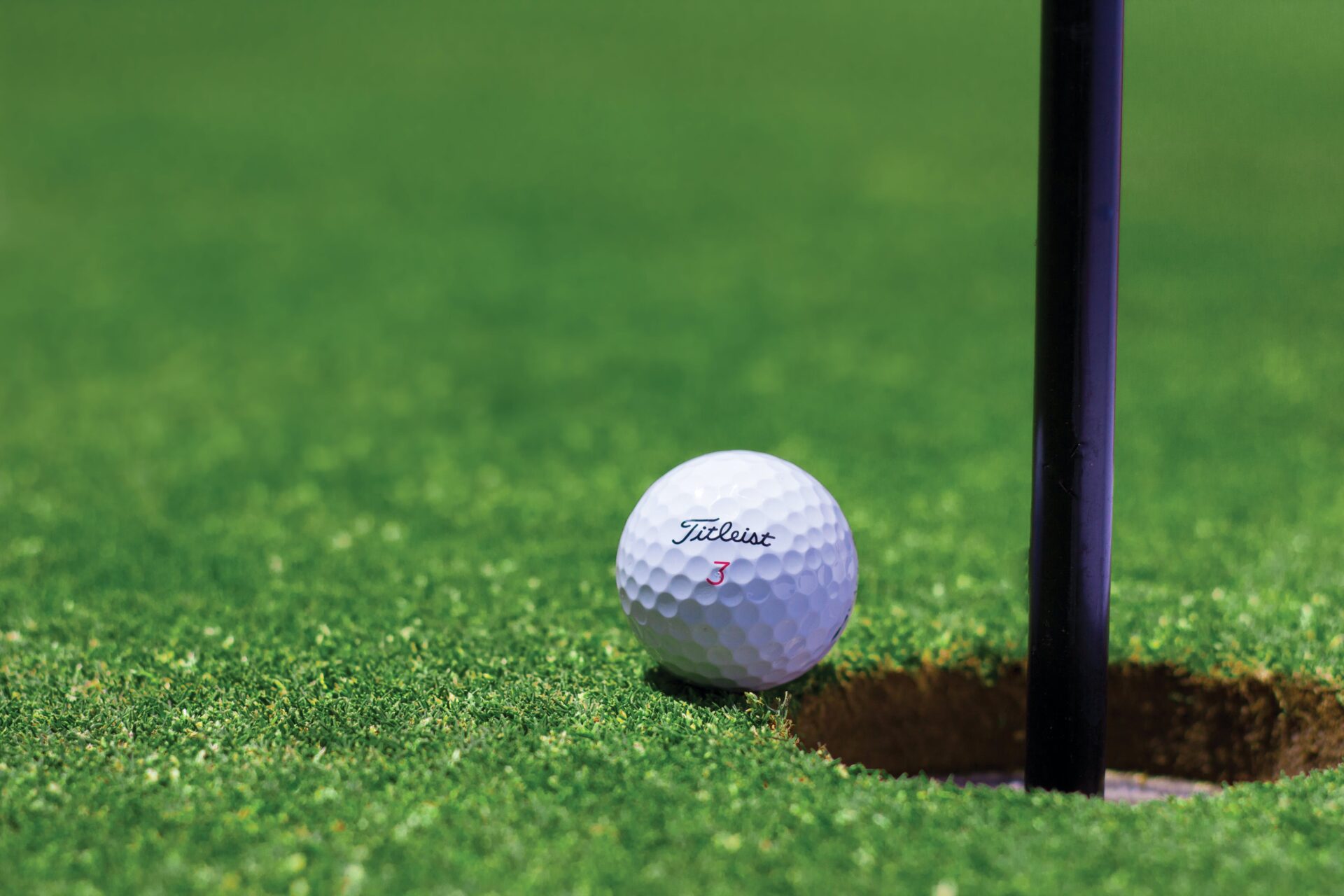Choosing the right type of golf ball is a key factor in improving your game and achieving better scores. There are many different types of golf balls on the market, each designed to provide a specific combination of performance characteristics. Depending on the player’s skill level and playing style, certain types of golf balls may be more advantageous than others. In this article, we will explore the different types of golf balls available and provide some recommendations on which type of ball is best suited for players of various levels.When choosing a golf ball, there are several factors to consider. Firstly, the compression rate of the ball should be taken into account. The compression rate is a measure of how firm or soft the ball is and affects how far it will travel when hit. Secondly, the spin rate should also be considered. Spin rate determines how much backspin or sidespin can be applied to the golf ball and affects the accuracy of shots. Thirdly, the type of cover material should also be taken into consideration as different materials provide different levels of durability and performance. Lastly, your budget should also be taken into account as some golf balls are more expensive than others due to their construction and design features.
Different Types of Golf Balls
Golf balls are an essential part of any golfer’s game. They come in a variety of styles, materials, and sizes to satisfy every golfer’s needs. The most common types of golf balls are two-piece, three-piece, and four-piece. Two-piece golf balls are the most basic type and tend to be the least expensive. They are ideal for beginners as they offer good distance and accuracy without sacrificing much control. Three-piece golf balls typically have a rubber core surrounded by a soft outer layer and an inner layer made from either metal or plastic. These types of golf balls provide more spin, control, and feel than two-piecers but can be more expensive. Four-piece golf balls are the most advanced type available on the market today. They usually have several layers of different materials like rubber cores, urethane covers, metal or plastic inner layers, and dimple patterns designed for maximum performance. Four-piece golf balls may be the most expensive but will generally offer better distance and accuracy when compared to two or three piece models.
No matter which type of ball you choose, it is important to find one that fits your playing style and budget. It is also important to make sure that you buy the right size for your clubs. Golf ball manufacturers often provide sizing charts to help you select the correct size for your clubs so make sure to check them out before making a purchase. With so many different types of golf balls available today, there is sure to be one that meets your needs no matter what level you play at!
Compression Ratings Explained
Compression ratings are a way of measuring the amount of air that is compressed in a golf ball. The higher the compression rating, the harder the ball will feel when it is hit. Compression ratings range from 70 to 110, with 70 being the softest and 110 being the hardest. The average golfer should select a ball with a compression rating between 80 and 90, depending on their swing speed. For slower swing speeds, a softer ball will provide more distance while faster swing speeds require a harder ball for maximum performance.
The compression rating of a golf ball also affects how it reacts when it hits the clubface. A softer ball will cause more spin off of the clubface, while a harder ball will cause less spin. This can affect how far and straight your shots fly, as well as how much roll you get after landing on the green. Higher compression balls are better suited for experienced players who can control their shots better and know how to adjust their swings for different types of shots.
Compression ratings can be found on all golf balls, usually located near the manufacturer’s logo or on the outer packaging. It is important to understand what type of golf ball you are using and what type of performance you can expect from it before heading out onto the course. Selecting the right compression rating for your game can help you play better golf and get more out of your shots every time you tee off!
Urethane vs. Surlyn Golf Balls
When it comes to golf balls, there are two main materials used in their construction: urethane and Surlyn. Both materials offer advantages and disadvantages, and the one that is right for you will depend on your individual needs. Urethane offers great spin control and a softer feel compared to Surlyn, while also providing excellent durability. The downside of urethane is that it is less forgiving on off-center shots and can be more expensive than Surlyn. Surlyn offers a firmer feel with less spin control, but it is more forgiving on off-center shots and more durable than urethane. It also tends to be more affordable than urethane. Ultimately, the decision of which material to use will come down to personal preference and your individual playing style.
When selecting golf balls for your game, consider the advantages of each material carefully. Urethane offers great spin control and a softer feel, making it ideal for players who want maximum control around the green. It’s also great for those who struggle with accuracy off the tee, as its softness helps reduce some of the distance loss that comes from hitting off-center shots. However, its higher cost may make it prohibitively expensive for some players.
Surlyn, on the other hand, provides a firmer feel with less spin control which can be beneficial for players who prioritize distance over finesse around the green. Its durability makes it a great choice for beginners or players who do not practice regularly as it will last longer between replacements. Additionally, its lower cost makes it more accessible than urethane for those on a tighter budget.
At the end of the day, choosing between urethane and Surlyn golf balls comes down to personal preference and playing style. Consider your individual needs carefully before making your decision so that you can get the most out of each round of golf!
Spin vs. Distance Golf Balls
When it comes to golf, choosing the right ball for your game can be a challenge. There are a variety of golf balls on the market, each with different characteristics designed to meet the needs of different levels of golfers. One important factor to consider is spin versus distance, and understanding how these two factors work together can help you select a ball that will give you the best performance on the course.
Distance golf balls are designed for maximum distance off the tee and typically have a harder cover and less spin when struck with an iron or wedge. This allows them to travel farther but can cause them to be more difficult to control around the green. Spin golf balls are designed for players who want more control and accuracy in their short game. They have a softer cover which increases spin when hit with an iron or wedge, giving them more control but sacrificing some distance off the tee.
The best way to decide between spin versus distance golf balls is to consider your skill level and playing style. If you’re a beginner or are looking for more distance off the tee, then a distance ball may be your best choice. If you’re an experienced player looking for more control around the green, then a spin ball may be better suited for your game. It’s important to remember that each type of ball has its advantages and disadvantages and selecting one will depend on your individual needs as a golfer.

Compression Rating
When buying a golf ball, a key factor to consider is the compression rating. This is an indication of how hard or soft the ball is, as well as its overall performance. A higher compression rating means the ball is harder and will travel further distances, while a lower compression rating indicates a softer ball that will provide more spin and control. Depending on your desired playing style, it’s important to find the right balance between distance and spin.
Cover Materials
The cover material of a golf ball also plays an important role in its performance. There are many different types of cover materials to choose from, including urethane, rubber, and surlyn. Urethane covers provide greater spin and control, while rubber covers offer more durability and distance. Surlyn covers are typically used for two-piece balls that provide more distance off the tee.
Dimple Pattern
The dimple pattern of a golf ball also has an effect on its performance. Different dimple patterns can affect how much lift and drag the golf ball experiences when it’s in flight. Generally speaking, deeper dimples create more lift which helps the ball stay in the air longer for increased distance. Shallow dimples produce less lift but more drag which can add spin for better accuracy.
Price
Finally, when buying a golf ball, it’s important to take into account your budget and determine how much you’re willing to spend on your purchase. Generally speaking, higher-end balls offer better performance but come at a premium price tag. On the other hand, there are plenty of affordable options that still provide great performance for recreational players looking to improve their game without breaking the bank.
Differences Between Amateur and Professional Golf Balls
Golf balls are an integral part of the sport, and the differences between amateur and professional golf balls can be significant. Amateur golf balls are typically designed for distance, while professional golf balls are designed for accuracy and control. Amateur golf balls tend to have a soft core to maximize distance, whereas professional golf balls have a firmer core for increased spin and accuracy. The cover material of amateur golf balls is usually made from Surlyn or polyurethane, while professional golf balls often have covers made from urethane or other materials that offer more spin.
The dimple pattern on a golf ball helps to reduce air drag when it is flying through the air, as well as increasing backspin when it is on the green. Amateur golf balls tend to have fewer dimples than professional ones, resulting in less backspin and less control when putting. Professional golf balls have more dimples than amateur ones, giving them greater control on the green.
The compression of a golf ball also affects its performance. Generally speaking, amateur golf balls tend to be softer and lower compression than professional ones because they are designed for distance rather than precision. Professional grade golf balls often have higher compression ratings to provide players with more control over their shots.
Lastly, the cost of professional grade golf balls can be significantly higher than amateur ones due to the quality of materials used in their construction. Professional grade golf balls offer improved performance over amateur ones, but they come with a higher price tag as well.
As you can see, there are several key differences between amateur and professional grade golf balls that make them suitable for different types of players and skill levels. Amateur players looking for maximum distance should look for soft-core and lower compression options while those looking for more control should opt for firmer cores and higher compression ratings that come with premium quality materials – but at a higher price tag too!
The Benefits of Using the Right Golf Ball for Your Game
Golf is a game that requires a lot of skill and precision, and choosing the right golf ball is an important part of achieving success on the course. The right ball can help improve your accuracy, increase your distance, and even reduce spin on your shots. It can also help you hit more consistent shots and make playing golf more enjoyable.
The type of golf ball you use will depend on your skill level. Beginner players should look for balls that are designed to provide more distance and better feel off the clubface. Mid-level players should look for balls that offer a combination of distance, accuracy, and feel. Advanced players should focus on balls that offer increased workability and spin control.
Another important factor to consider when selecting a golf ball is the construction type. Two-piece balls are good for beginner players who are just learning the game as they offer more distance and are less expensive than other types of golf balls. Three-piece balls are better suited for mid-level players who need more control over their shots while four-piece balls are best for advanced players who need maximum workability around the green.
Choosing the right golf ball can make all the difference in your game. Not only will it help improve your accuracy, but it can also help you hit longer shots with more consistency. It’s important to find a ball that’s right for your skill level as well as one that offers features like increased spin control or improved feel off the clubface.
Overall, having the right golf ball can make playing golf much more enjoyable and successful. By taking into account factors such as construction type, skill level, and features like spin control or feel off the clubface, you’ll be able to find the perfect golf ball to suit your game.

Conclusion
Choosing the right type of golf ball for your game is incredibly important. The type of golf ball you choose should match your skill level, playing style, and the conditions in which you are playing. Different types of golf balls offer different performance benefits, so it’s important to consider each of these factors when selecting the right type of golf ball for you. Whether you are a beginner or a professional golfer, there is a golf ball available that can help you reach your goals on the course.
It is ultimately up to you to decide which type of golf ball will be best for your game. Taking into account all the factors discussed in this article will help ensure that you select a golf ball that fits your needs and provides the performance characteristics necessary for success on the course.




